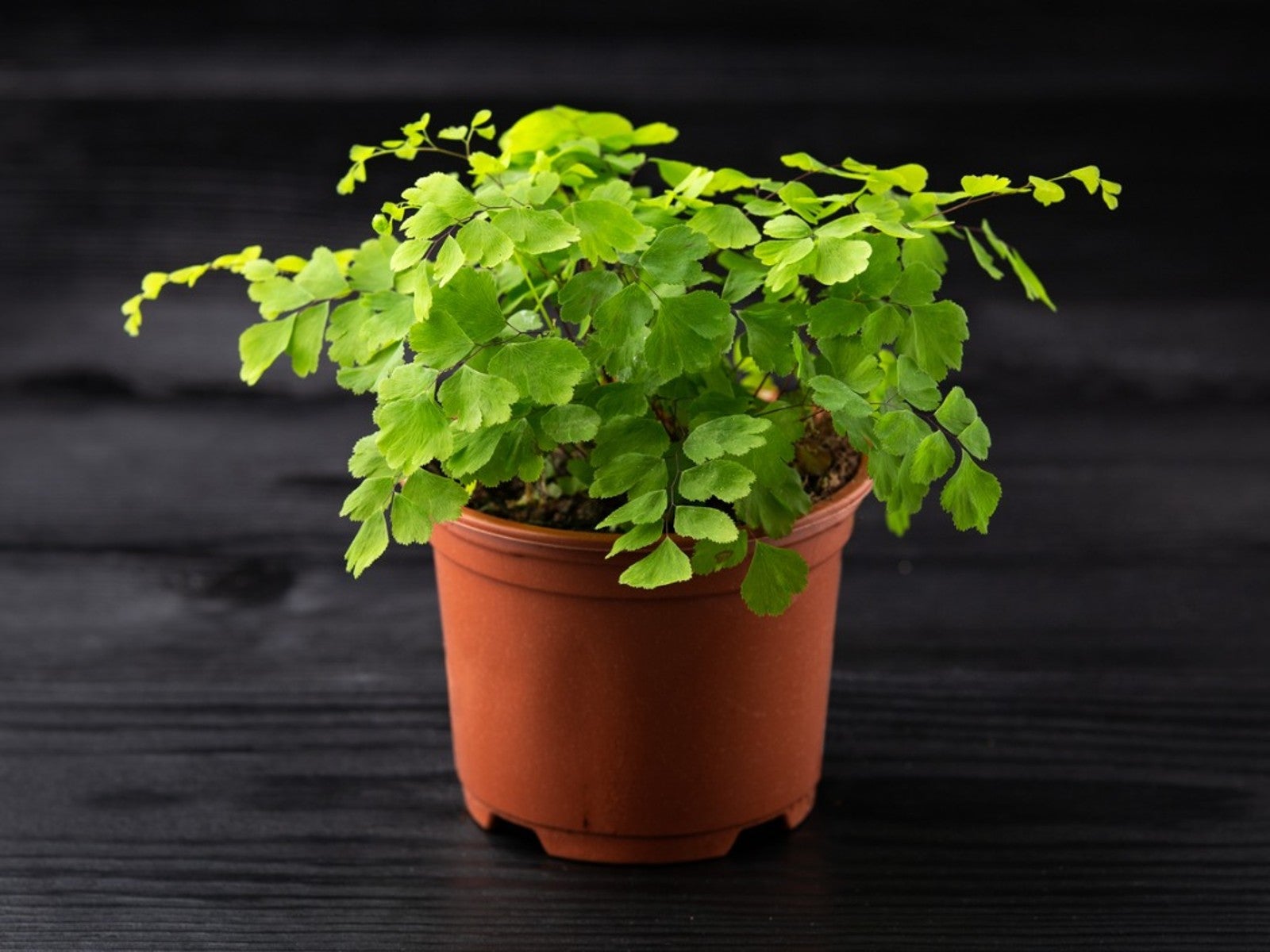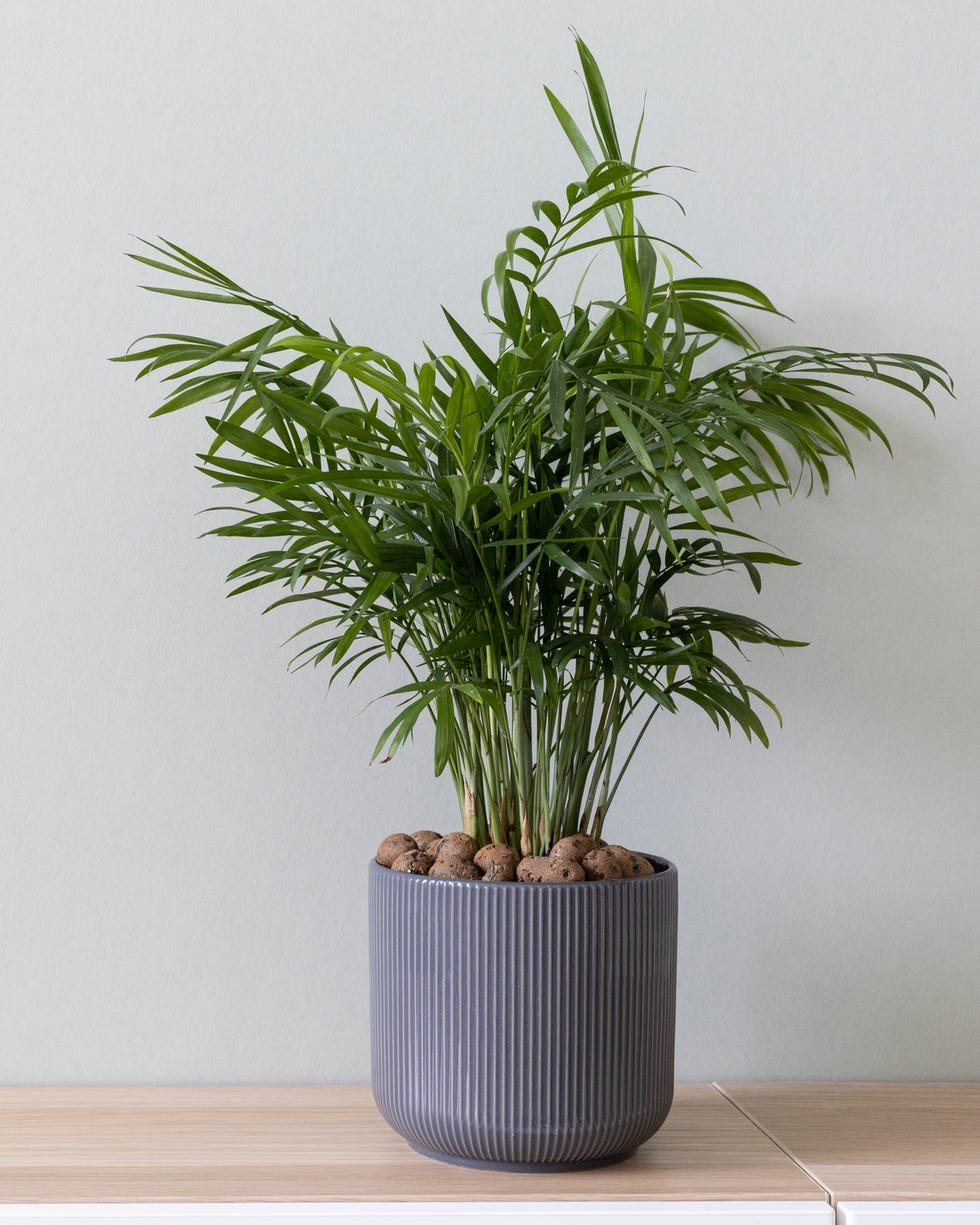Discover the Special Benefits of Low-Light Indoor Plants for Your Living Space
Including low-light indoor plants into your home offers a multitude of advantages that extend much beyond plain appearances. These durable plants not only prosper in atmospheres with limited sunlight yet likewise offer important functions such as air filtration and humidity improvement. Furthermore, they can favorably affect your mood and total well-being while needing marginal maintenance. As you think about the transformative possibility of these plants, it ends up being important to discover how their distinct features can tailor your environment to much better offer your lifestyle. What certain benefits might resonate most with your personal area?
Air Purification Benefits
Low-light indoor plants not just boost the visual appeal of living spaces but also play a significant role in air purification. Research study has actually demonstrated that specific plant types can successfully eliminate typical indoor contaminants, including formaldehyde, trichloroethylene, and benzene. These compounds frequently emanate from household items such as furnishings, cleansing products, and building products, adding to interior air top quality problems.
Plants such as the snake plant, pothos, and peace lily are specifically experienced at filtering system damaging compounds from the air while flourishing in low-light conditions. The procedure of phytoremediation, where plants absorb and metabolize toxins, makes it possible for these types to contribute significantly to a much healthier indoor environment. Additionally, via photosynthesis, plants release oxygen, further boosting air high quality.
Incorporating low-light interior plants into office or home areas not only gives aesthetic benefits however also offers as a functional strategy for boosting air high quality. By selecting the appropriate types, people can produce a setting that promotes health and minimizes direct exposure to dangerous contaminants, making these plants a vital element in contemporary interior living.

Mood Improvement Effects
Many research studies have revealed that including indoor plants can considerably enhance state of mind and total psychological wellness. The existence of greenery in interior atmospheres has been connected to minimized anxiety levels, raised sensations of calmness, and improved psychological health and wellness. Low-light indoor plants, in certain, prosper in environments where all-natural light is limited, making them perfect for numerous living rooms.
Research study suggests that engaging with plants can promote the launch of serotonin, a natural chemical associated with sensations of happiness and health. Furthermore, the act of caring for plants cultivates a sense of duty and accomplishment, more contributing to favorable mental wellness outcomes. Low-light plants such as serpent plants, pothos, and tranquility lilies have been revealed to improve air high quality, which is inherently linked to state of mind improvement.
Integrating these plants right into your office or home can develop a calm environment, supplying a visual and sensory retreat from the hustle and bustle of life - Best low-light indoor plants. As people spend enhancing amounts of time inside your home, the mood-enhancing results of low-light indoor plants end up being also extra important, supplying not just visual appeal however likewise an extensive impact on emotional wellness
Reduced Upkeep Needs
For those seeking to enhance their indoor areas without a substantial time dedication, low-light indoor plants are an optimal selection as a result of their reduced upkeep requirements. These resilient plants flourish in less-than-ideal illumination conditions, making them best for workplaces and homes where all-natural sunshine is limited.

Pest resistance is another advantage of low-light interior plants. Many varieties are less prone to usual pests, decreasing the requirement for consistent monitoring and intervention. Additionally, these plants generally grow more gradually than their high-light equivalents, suggesting less frequent repotting and pruning are required.
Visual Charm and Flexibility

In addition, these plants can be arranged in myriad ways, whether in teams for a lavish effect or as standalone functions to attract the eye. The options of planter designs-- from sleek ceramic pots to rustic wooden containers-- further improve their aesthetic worth, enabling property owners to reveal their personal style.
Furthermore, low-light plants can be strategically positioned this in areas that may or else really feel neglected, such as corners or dimly lit shelves, thus optimizing their ornamental potential. Eventually, the mix of their striking appearance and convenience makes low-light indoor plants a valuable addition to any kind of space, producing a welcoming environment that advertises wellness and relaxation.
Boosted Humidity Levels
Enhancing interior humidity degrees is one of the significant advantages of including low-light indoor plants into living areas. These plants naturally release dampness vapor via a process referred to as transpiration, which occurs when water taken in by the origins relocates through the plant and evaporates from the fallen leaves. This procedure not only raises moisture however likewise adds to a healthier interior environment.
Enhanced moisture degrees can minimize various health and wellness problems, such as completely dry skin, breathing troubles, and allergies. Many people experience pain in arid indoor conditions, particularly during cold weather when heating unit remain in use. By purposefully placing low-light plants throughout your home, you can produce a much more balanced humidity degree that cultivates overall wellness.
Moreover, specific low-light interior plants, like tranquility lilies and crawler plants, are particularly effective at enhancing moisture (Best low-light indoor plants). Therefore, low-light interior plants offer both click this link functional and aesthetic functions, advertising a much healthier ambience.
Verdict
In recap, low-light interior plants offer numerous benefits that add to click over here a healthier and much more inviting living space. Their ability to purify the air, enhance mood, and improve humidity levels underscores their value as effective decor elements. Moreover, their low maintenance needs and visual flexibility make them appropriate for various environments. Incorporating these resilient plants right into interior settings not only elevates the setting yet additionally advertises total well-being, establishing a tranquil refuge for homeowners.
Plants such as the snake plant, pothos, and peace lily are specifically proficient at filtering unsafe compounds from the air while thriving in low-light problems. Low-light plants such as snake plants, pothos, and tranquility lilies have been revealed to enhance air top quality, which is fundamentally connected to mood improvement.
Low-light indoor plants, such as serpent plants, pothos, and ZZ plants, not just boost the visual landscape of a space yet also introduce various textures and shades of environment-friendly that can complement varied interior styles. These plants normally release wetness vapor through a process understood as transpiration, which occurs when water taken in by the origins moves with the plant and vaporizes from the leaves.In addition, certain low-light indoor plants, like tranquility lilies and spider plants, are especially reliable at increasing humidity.